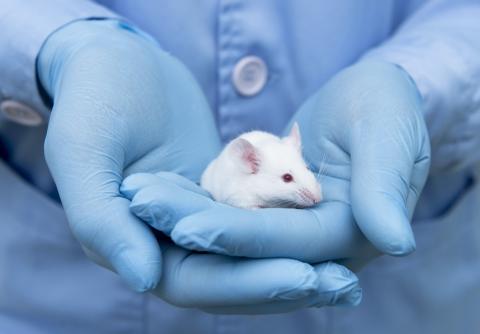- Overview
-
Species
MouseStrain common name
APP23Full nomenclature
B6.Cg-Tg(Thy1-APP)3Somm/JGenetic background
C57BL/6JDescription of model, including genes and any mutation(s):
Original publication of model
DOI: 10.1073/pnas.94.24.13287Breeding scheme
Hemizygous used as homozygous die at young ageType of model
Alzheimer's disease - Availability
-
Principal investigator
Stuart AllanInstitution
University of ManchesterNamed contact
Katy WalshContact email
katy.walsh@postgrad.manchester.ac.ukSource of model
In-houseSupplier code
-MTA Holder and Issuing Organisation:
Available from Jackson - Study details
-
Sex
MaleAge of model
17-19 monthsDiet
Standard chowCage enrichment and housing
Group housed in IVCsTypes of outcomes measured
Vascular function (i.e. BBB integrity, CBF)Details of Outcomes Measured
Arterial function
Strengths of Model
- Animals have both vascular and parenchymal amyloid.
- Cognitive deficits observed and functional changes in arteries.Limitations of Model
- Deficits not observed till animals relatively old. Current work is assessing earlier changes.
Reference to published procedure
DOI: 10.1073/pnas.2204581119
Image

Overexpression of mutant human APP(swe) model
Alzheimer's disease, Cerebral Amyloid Angiopathy